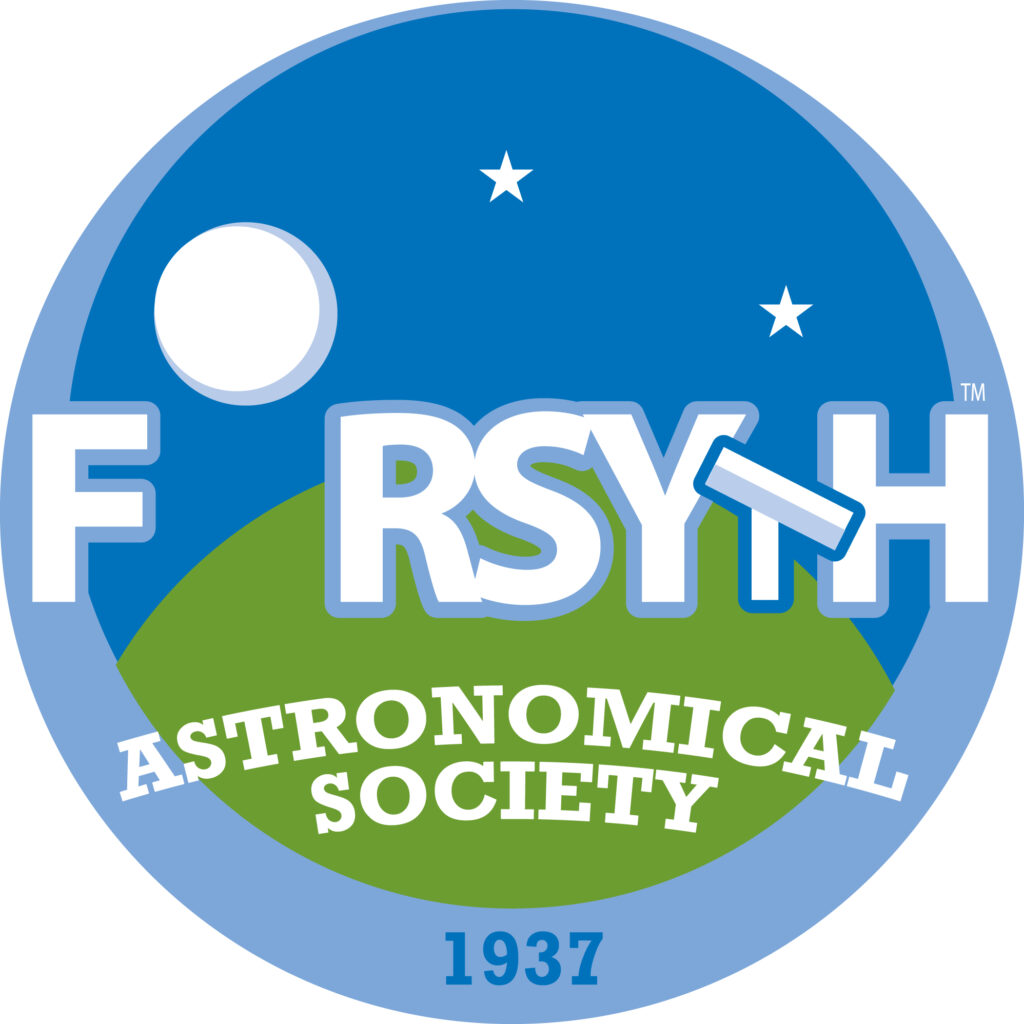












Astronomy and Stargazing is a great hobby, but it helps if you know something about astronomy and the basics of stargazing. Here is a very short introduction to acquaint you with some of the basics.
The Night Sky
Start with The Night Sky. Take some time to become familiar with the stars, constellations, and asterisms visible at different times of the year. There are 88 official constellations defined by the International Astronomical Union. Asterisms are other unofficial patterns of stars that we identify, but are not constellations.
For a map of the night sky, try the online sky map Stellarium Web or a smartphone/tablet app such as, Planets, Sky Guide, or SkySafari.
See if you can find the constellations and asterisms below.
- Look for the following toward the southern horizon.
- Spring (Leo, Virgo, and Boötes)
- Summer (Scorpius, Sagittarius, and the Summer Triangle)
- Autumn (Pegasus and Andromeda)
- Winter (Orion, Taurus, Canis Major, Canis Minor, Gemini, and Auriga)
- Look for these toward the northern horizon (Ursa Major/Big Dipper, Ursa Minor/Little Dipper, and Cassiopeia).
Binoculars and Telescopes
Then move in for a closer look with Binoculars or a Telescope. There are many different options (and price ranges) for telescopes. In all cases, it is NOT about magnification, it is about APERTURE. The wider the telescope’s mirror or lens, the more light it will capture and the more you can see. For someone starting out, a reflector with a Dobsonian mount (a “Dob”) is often the best choice. A reflex (“red dot”) finder such as a Telrad is also useful. Recently, several “Smart” Telescopes, such as the Seestar S30 & S50 and Dwarf 3 have been introduced allowing even novices to do some astrophotography.
The Moon
The Moon is a great target to observe. It is big and easy to find (most of the time). The best time to observe the Moon is during its first or third quarter when you can see features along the terminator between the light and dark sides. The worst time is during a full moon – it is just too bright, and it washes out much of the night sky. You might use a 25% (small telescopes) or 13% (large telescopes) Moon filter.
The Planets
The planets are a little more difficult to spot. They generally move west to east against the background of stars. Use the online sky map Stellarium Web or a smartphone/tablet app to locate them. Jupiter and Saturn offer the best view. You can spot the phases of Venus and Mercury. Mars is a little disappointing – most telescopes reveal little detail. For some background information about the planets, our Solar System, and more, see The Wonders of the Universe.
The Stars
The stars themselves can be something to view. However, in most cases, there are just points of light. But you can go hunting for stars of different color, double or triple stars, and variable stars.
Deep-Sky Objects
There are many deep-sky objects worth looking for. Some, such as open star clusters and globular clusters, can be seen with even small telescopes. Others, such as nebulae and galaxies, are best observed through larger scopes. A few that are spread out offer a better view with binoculars. The most well known are call Messier objects – look for their “M” numbers (e.g., M31 is the Andromeda Galaxy). Don’t expect glorious color! We’re not NASA. Most will appear fuzzy and in black and white through a standard telescope. If you want color, you’ll have to get one of the newer ”smart” telescopes or move up to astrophotography, although it can be somewhat complicated and expensive.
The Sun
Yes, you can do Solar Observing. However, BE CAREFUL AND ALWAYS USE A PROPER SOLAR FILTER! Solar Observing is done with either a dedicated solar telescope that blocks all but limited wavelengths of the Sun’s light or a full aperture solar filter that blocks most of the Sun’s light across all wavelengths.
Meteors
Meteors, and particularly, meteor showers can be a great view. Meteor Showers are best viewed from a dark location on a moonless night. Most peak after midnight. For these, telescopes and binoculars are not very useful. Just find a nice dark location, sit down, and look up.
- Meteoroids are dust and small chunks of rock hurtling through space.
- Meteors are meteoroids that enter the Earth’s atmosphere and streak across the sky with a glowing tail.
- Meteorites are meteoroids that hit the ground.
A Few Good Resources
Algunos buenos recursos
Additional Articles and Resources
Astronomy for Beginners
- The ABCs of Stargazing (Astronomical League)
- Astronomy for Beginners (Planetary Society)
- Stargazing Simplified: What to See in the Night Sky (Sky & Telescope)
- Astronomy For Beginners (Sky & Telescope)
- Astronomy for Beginners: How to Get Started in Backyard Astronomy (Sky & Telescope)
- The ABCs of Observing (Astronomy Magazine)
- Astronomy Equipment (Sky & Telescope)
A Much Deeper Dive into Astronomy
Astronomy Terminology


You must be logged in to post a comment.